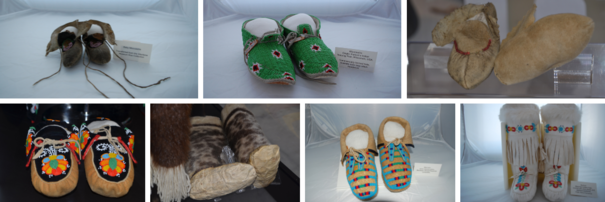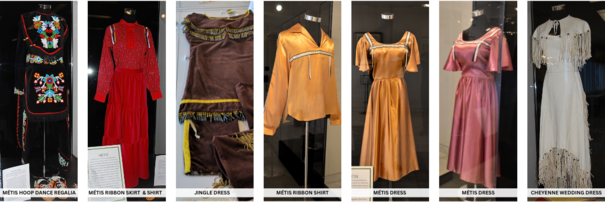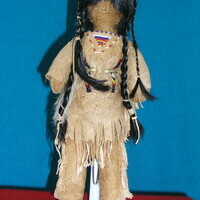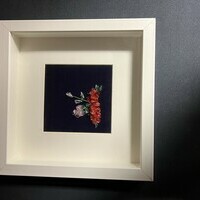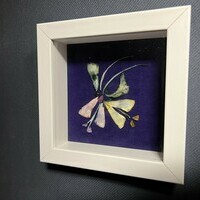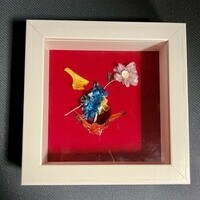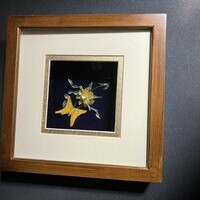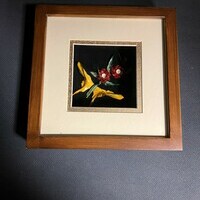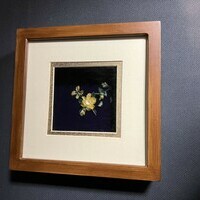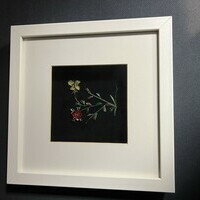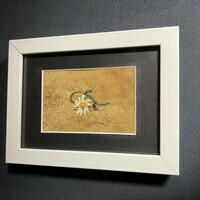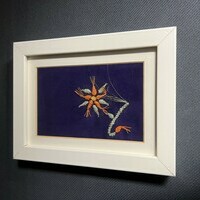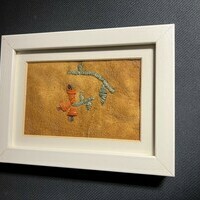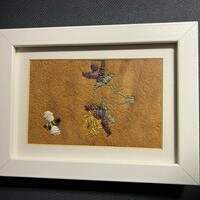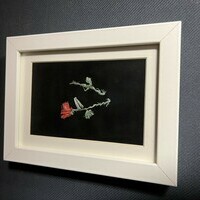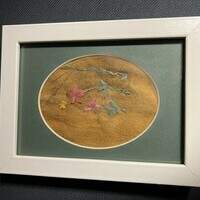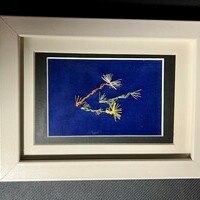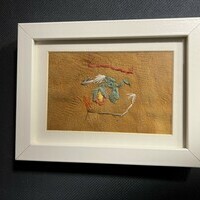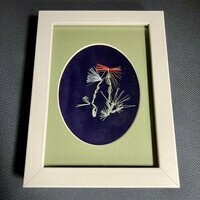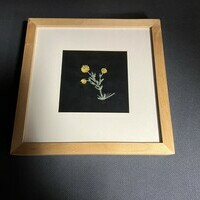Indigenous Arts
This page contains descriptions and examples of traditional Indigenous arts, including beadwork, fish scale, quill and hair tufting art, mukluk/moccasin making, and tipi construction.
Types of Indigenous Art
Beadwork
+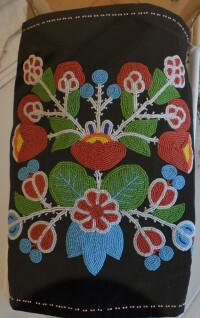
Beadwork on a Cradle Board
Beadwork entails stringing beads together, weaving them into patterns, and sewing them onto fabrics.
Royal Alberta Museum Indigenous Artistry – Beading
WATCH VIDEO »
Fish Scale Art
+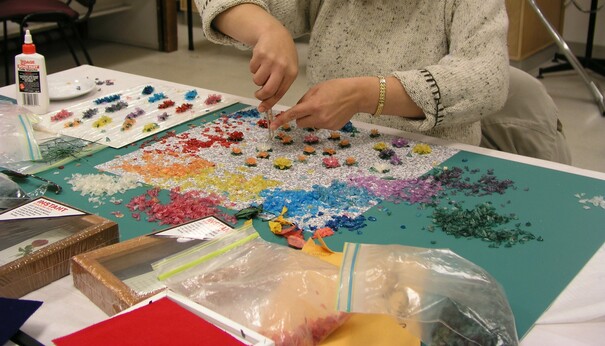
Fish scale art is unique to the northern Alberta region and has been developed to create art suitable for framing and jewelry. The intricate arranging of these natural elements creates various artistic designs on any surface.
Royal Alberta Museum Indigenous Artistry – Fishscales
WATCH VIDEO »
Fish Scale and Quill Material Preparation
+
Raw materials, such as fish scales, fish bones, and porcupine quills, must be prepared before they can be used in art forms, taking them from their raw state to beautifully prepared and dyed materials.
Mukluk/Moccasin Making
+Quill Work Art
+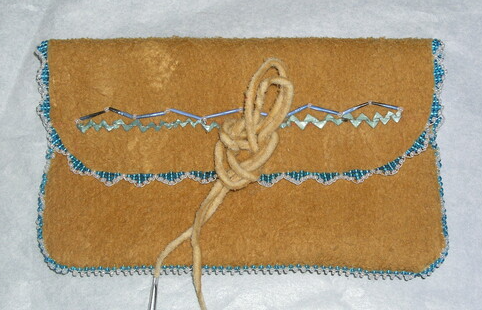
Porcupine Quill Work
Before the advent of beading in North America, Indigenous people used quills to decorate their clothing and valuables.
Royal Alberta Museum Indigenous Artistry – Quillwork
WATCH VIDEO »
Tipi Creation
+
Tipi construction involves drafting, cutting, and sewing a canvas, which differs by tribal style and involves protocols and set up and take down procedures.
Traditional or Contemporary Indigenous Clothing
+Tufting and Sculpting
+Tufting and sculpting uses three traditional techniques with moose, horse, and caribou hair. Tufting requires stem work, which is an intricate process that strengthens the value of the finished product. Sculpting is a three dimensional art form working in a traditional medium.
Royal Alberta Museum Indigenous Artistry – Tufting
WATCH VIDEO »
Indigenous Art Gallery
This Gallery contains a sampling of traditional Indigenous arts, including fish scale, quill and hair tufting art, mukluk/moccasin making, and tipi construction.
